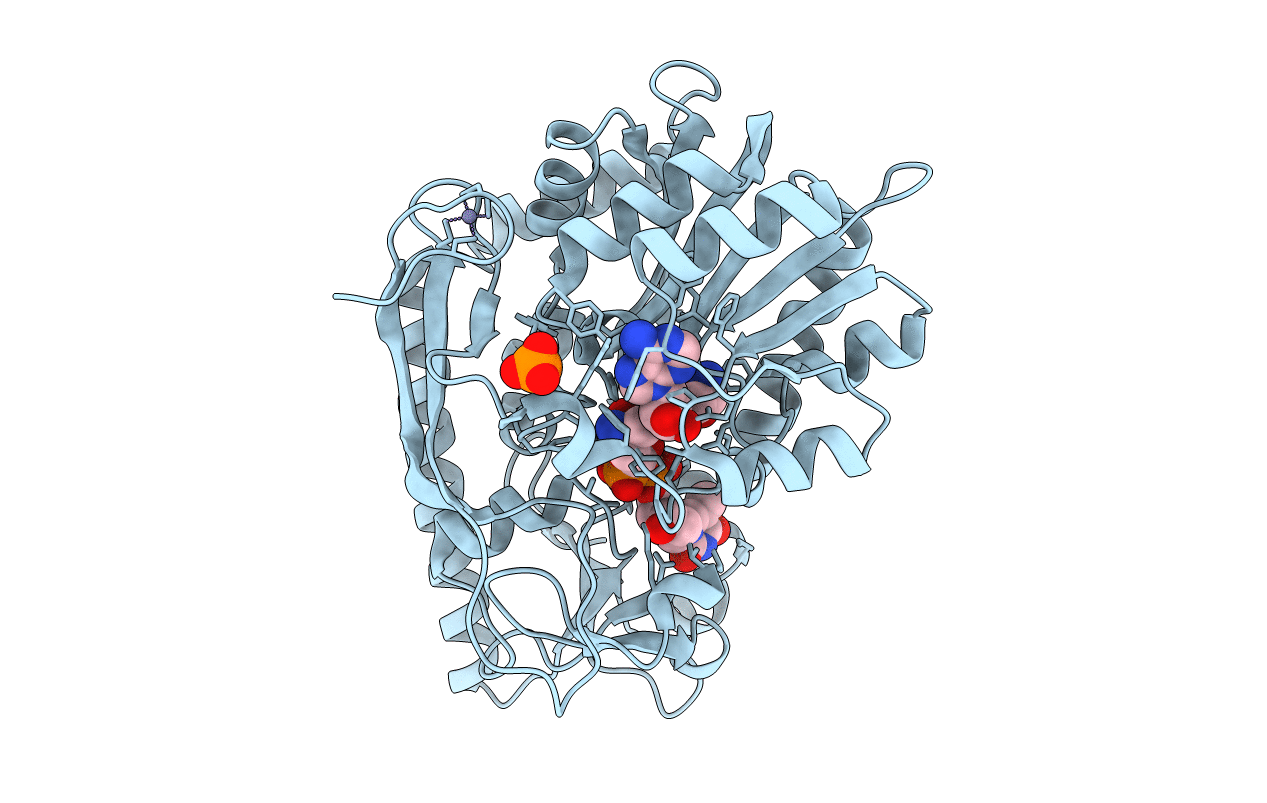
Deposition Date
2010-06-07
Release Date
2010-06-30
Last Version Date
2024-04-03
Entry Detail
PDB ID:
3NDJ
Keywords:
Title:
X-ray Structure of a C-3'-Methyltransferase in Complex with S-Adenosyl-L-Homocysteine and Sugar Product
Biological Source:
Source Organism:
Micromonospora chalcea (Taxon ID: 1874)
Host Organism:
Method Details:
Experimental Method:
Resolution:
1.50 Å
R-Value Free:
0.23
R-Value Work:
0.20
R-Value Observed:
0.20
Space Group:
P 21 21 2


